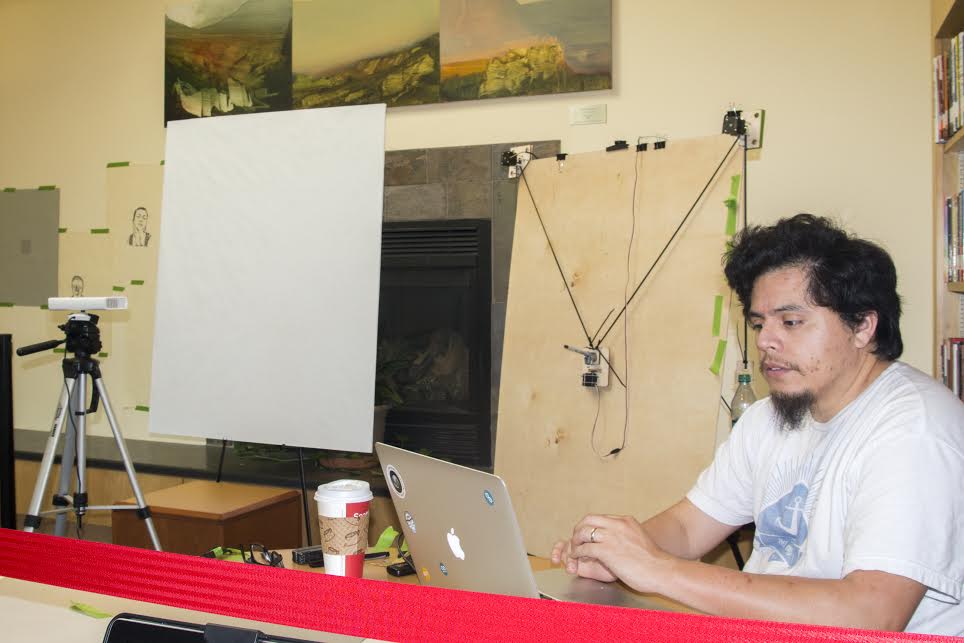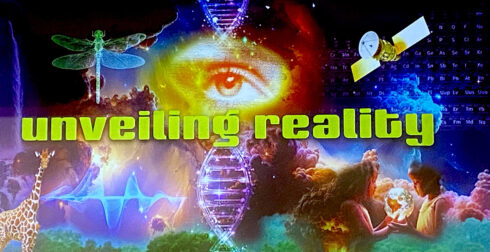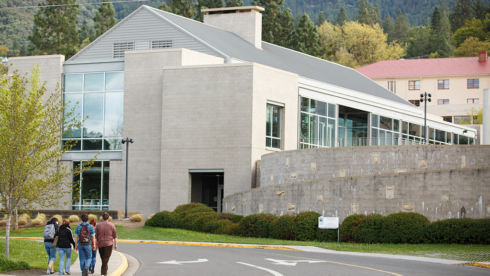 On the third floor of the Hannon library, as part of the SOAR Conference, there is a computer experiment underway. Some might call it a drawbot, a computer art machine, or some other name. But its creator, Andres Rivero, a computer science student at SOU, won’t give it a title, or even a name. He simply calls his exhibit Grey Area, “a combination of different methods that essentially recreates the art done by portrait artists.”
On the third floor of the Hannon library, as part of the SOAR Conference, there is a computer experiment underway. Some might call it a drawbot, a computer art machine, or some other name. But its creator, Andres Rivero, a computer science student at SOU, won’t give it a title, or even a name. He simply calls his exhibit Grey Area, “a combination of different methods that essentially recreates the art done by portrait artists.”
The technology he uses isn’t new. Some of the components, such as the plotter, have been around since the 1970’s. This is what actually does the drawing. Unlike most plotters, which draw one line at a time then advance the paper, this one uses a weighted dual pulley motorized system which, explains Andres, “moves the pen around the paper much like an artist’s hand.” It has its own mini-computer chip which calculates, then commands the direction the pen will travel. Another component is the video camera, which he gleaned from a video gaming system. This camera will not only take an image, but it will transfer important data to the computer, such as the depth of the nose, eye sockets, and other facial features.
The camera and the plotter are connected via a laptop computer, which allows them to communicate across different computer languages. This is where many of Andres efforts have been concentrated. He needed to write a code to allow them to communicate, and execute commands with the accuracy of an artist’s hand. No small task indeed. At first, he will need to enter commands as the process begins, but eventually, with enough experience, the computer will be able to learn the entire process, and complete a drawing from the moment a person sits in the chair, until a finished portrait is drawn–much like a caricature artist.
What is most unusual about Grey Area, is it will be able to learn over time how to draw a generic face. Andres claims, “after each portrait, the program will forget some parts of the individual portrait, and combine what’s left to the features remaining from the other portraits it has drawn. Because of this it will get better at drawing faces over time.” A face which represents not one individual, rather one based on the combined averaged data of all the previous portraits it has drawn. In the end, Andres will be able to ask the computer to draw him a face, and it will create a unique individual portrait, a face like no other.
For those interested in having a portrait drawn by Grey Area, and being part of this experiment, the exhibit is located on the third floor of the Hannon library, and will be operating from Monday, May 11 until the close of the SOAR Conference on Friday, May 15.




